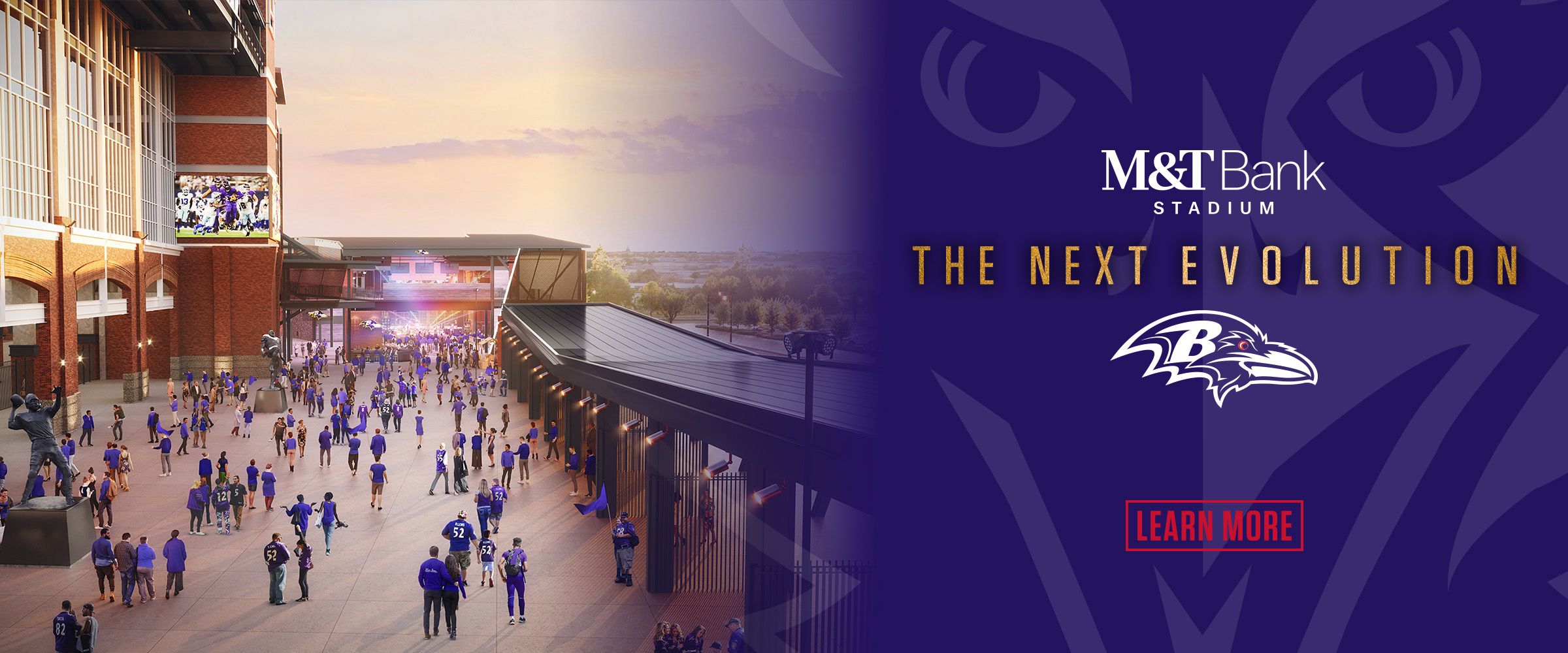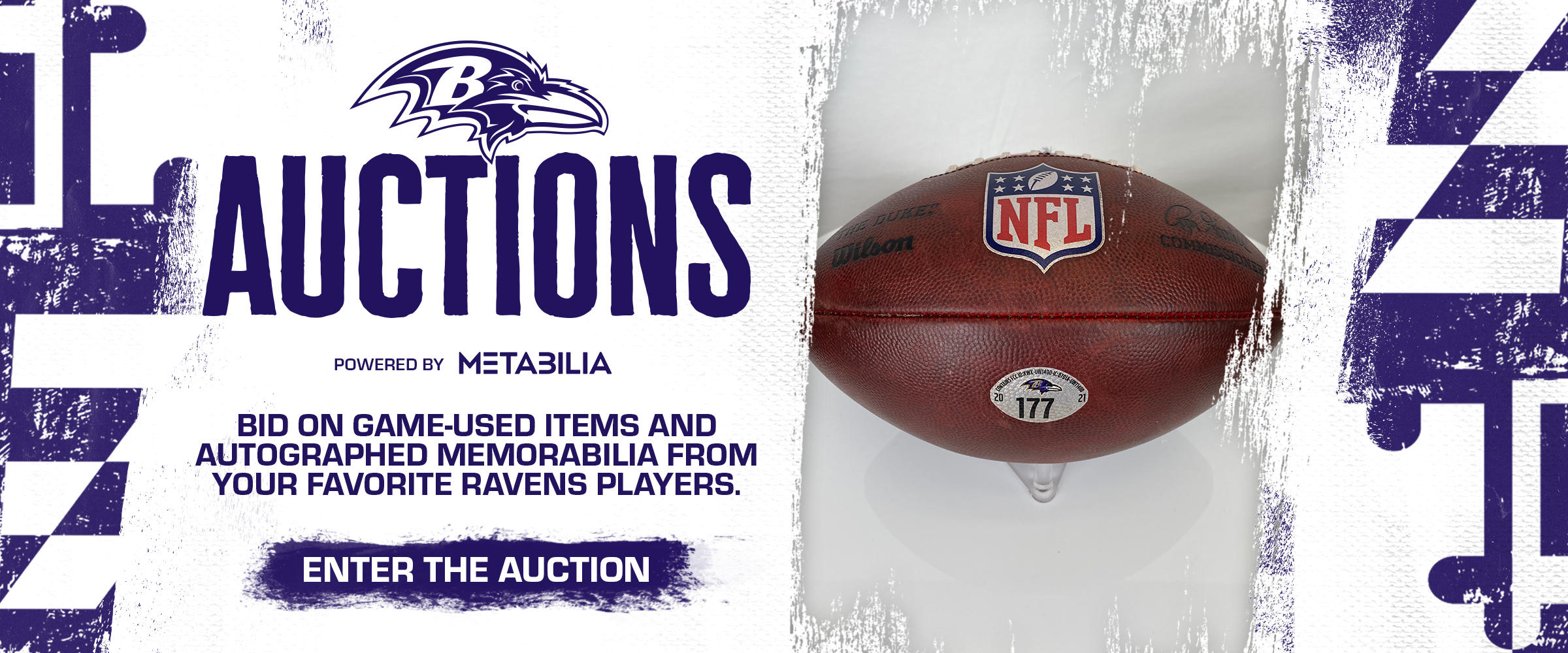So much for all that talk about how running backs aren't valued anymore in the NFL.
Ray Rice, Matt Forte and LeSean McCoy all got big contracts this offseason, despite the perception that running backs are disposable in today's pass-first league.
"It's too much of a general statement to say that running backs are devalued," said NFL Network analyst and former NFL executive Charley Casserly.
Teams are still paying out big contracts to running backs, even as offenses continue to evolve in favor of the passing game. In addition to the Ravens, Minnesota, Tennessee, Oakland, St. Louis, Carolina, Philadelphia and Houston have all signed running backs to multiyear contracts potentially worth more than $40 million.
"You have to look at the team and what their offense is," Casserly said.
For a team like the Ravens, which uses the run as a large component of its offense, paying big money to a running back makes sense. Teams like Green Bay and New England, which rely much more on the pass, prefer not to invest much money into the running back position.
"It depends on the system that you have," Casserly said. "The most effective offense is a balanced offense. You look at Baltimore and how they're constructed, and it starts with the running game. When Ray Rice is touching the ball and he's effective, Joe Flacco is better. That's a primary example of what you need."
Take Rice out of the Ravens offense or Arian Foster away from Houston, and their systems change drastically.
Rice collected a league-leading 2,068 yards from scrimmage last season, which accounted for more than a third of the Ravens' yards. He was a driver of the offense and Casserly said the Ravens simply couldn't afford to let such an integral piece get away.
"The reality is that if you need a guy, you're going to extend him," Casserly said. "If you don't have another guy that can replace him, or close to it, then you're going to extend him because you need him now."
In addition to players like Rice and Forte getting long-term deals, teams are also continuing to invest in young running backs. In this year's draft, three running backs went in the first round and the Cleveland Browns traded four picks to move up one spot and take Alabama running back Trent Richardson.
"Cleveland went up to get him because the feeling was that this is a special back," Casserly said. "The special-type backs like these guys are still going to get paid big money."
The overall concern with investing in running backs long-term is that they wear down quickly from all the hits and abuse they take over the course of a season. When giving a second contract to a running back, teams look closely at the player's age and previous workload, according to ESPN business analyst and former Green Bay Packers executive Andrew Brandt.
The age for when players get those long-term deals has changed, Brandt said. Elite running backs used to get two and three long-term contracts, but today's backs really have just one chance to cash in with a big payday before they are considered on the decline.
"I do think where the age of concern used to be around 30, that number has dropped into the age of second contracts – 26 or 27," Brandt said in an email to BaltimoreRavens.com. "It will be rare to see a third contract for a running back with much guaranteed money in it."
Casserly agreed with Brandt's age of concern for backs, and also said he wouldn't be surprised to see some of the running backs who received deals this offseason fail to play out the entire contract. The last few years of a running back's second contract – when the player nears 30 years old – are risky for the team.
"With a running back, you know you're probably going to eat the last couple of years," Casserly said.
Rice, 25, received a five-year deal worth a reported $40 million. Much of the money is paid out in the first few years of the contract, which Brandt said minimizes the risk for both sides at the end of the deal.
"There is risk, but limiting the risk to the first two years of the deal, which the Rice contract has done, is a good investment," Brandt said.
Questions will likely continue about whether teams should invest long-term contracts in running backs in the future, but this offseason showed that even in today's passing league, the top-flight rushers can still make big money.
"If you're an elite back and you have the production and you have the dominance and you're important to that team, I think you're still going to get paid," Casserly said.



















